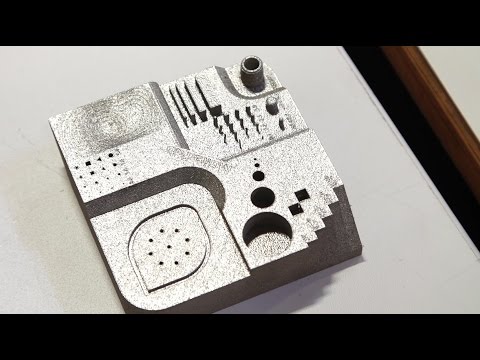Matterfab's 3D Metal Printer
Ryan Lawler gets a hand on look at Matterfab's new 3D metal printer and talks with co-founder Matthew Burris.
Ryan Lawler gets a hand on look at Matterfab's new 3D metal printer and talks with co-founder Matthew Burris.

A metal 3D printing startup called MatterFab hopes to reduce the cost associated with metal 3D printing, with a machine that houses a high-powered laser to essentially weld metal together layer by layer.
MatterFab's machine puts down a thin layer of metal powder onto a build plate and then uses its laser to melt the powder onto the layer beneath it.
MatterFab's machine was built to offer up metal 3D printing at an order of magnitude lower price-point than other products that are available to manufacturers today.



